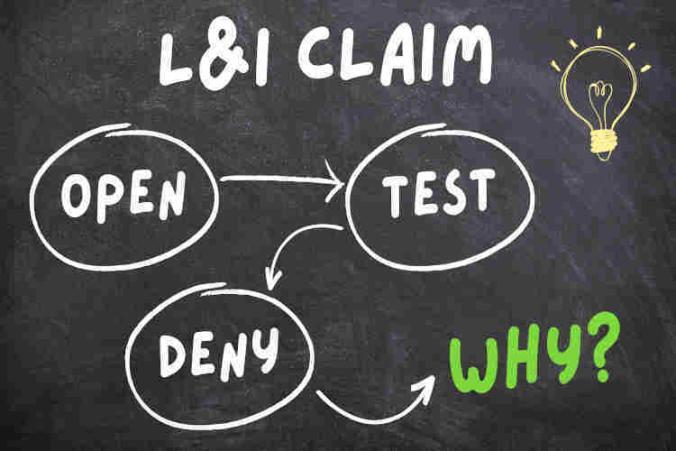Work injury claimants must attend independent medical exams (IME) during their L&I claim. Historically, the Department of Labor and Industries (L&I) didn’t allow workers to record independent medical examinations.
The fight to allow video recording in IME exams
Many workers’ compensation attorneys opposed the status quo. After monumental efforts and in collaboration with the Washington State Association for Justice (WSAJ), the rules changed. Recently, the legislator enacted RCW 51.36.070. Now, starting July 23, 2023, injured workers may record their IME exam using video and/or audio recordings. However, to take advantage of this new rule, work injury claimants must follow proper procedures.
How to video-record an IME exam under my L&I claim
To comply with the new rule, to record your IME exam, you must take the following steps:
- Notify the IME provider – Workers or their legal representatives must notify the IME provider that they plan to record the exam. You must notify the provider at least seven (7) calendar days BEFORE the IME examination.
- Pay recording costs – It is your responsibility to pay all recording costs. Furthermore, these costs are not reimbursable.
- Hold recording equipment – The work injury claimant cannot hold the recording equipment during the examination.
- Do not interfere – The recording and the equipment cannot interfere with the examination.
- Provide a copy – If L&I or the self-insured employer asks for it, you must provide a cop of the recording within 14 days of the request.
- Can’t edit – – you must not edit or alter the content of the recording in any way!
- Don’t post on social media – Work injury claimants and/or their legal representatives may not post the recording or any portion of the recording on social media.
Can I bring an observer to an IME exam?
Absolutely! As before, you can bring someone with you to observe your physical IME exam. If you follow the procedures, the observer can take the recording for you. However, there are a few rules that apply to observers. These are not new rules. They include:
- Observers must be at least 18 years old;
- The observer cannot interfere with the independent medical exam;
- The work injury claimant’s representative (e.g., an attorney, or their employee) cannot be the observer; and
- Your attending provider or their employees also cannot be an observer.
An important step that benefits injured workers
As an attorney representing work injury claimants, I find RCW 51.36.070 very exciting. More than anything, the ability to record video and audio in IME exams will give workers greater peace of mind that the exam will be professional and thorough. In recent months I’ve heard all kinds of unbelievable complaints about IME tests. Common complaints include uncomfortable and inappropriate touching and closeness. Other issues are filthy and cluttered examination spaces. I even heard about IME exams where examiners give telephonic testimony while performing the exam.
I expect such issues to occur less frequently if workers can record IME exam. While I’m optimistic about this new rule, there are still several challenges we’ll need to work through as it takes effect.
Challenges with the new regulation to record IME exams
RCW 51.36.070 is still a very new law. We have not had much opportunity to see how recording video/audio during IME exams will play out. Furthermore, some of the language in the statute is not as clear as I’d like it to be. For example, the rule states that workers must give the IME provider notice at least 7 calendar days before the exam. Yet, the rule doesn’t specify how to give notice. As an attorney, it’s important for me to give notices in writing with some way to verify receipt. That way, if a disagreement ever arises over the notice, we can prove the worker gave the notice in time. Usually, the easiest way to do this is via fax because it produces a receipt. However, many IME providers refuse to provide a fax number. Another option is certified mail. However, this is time consuming and expensive.
Another logistical matter is the recording files. Legal representatives and work injury claimants are going to have to maintain these very large files. That is, without altering them in any way. Additionally, they will have to find ways to safely and confidentially transmit recording files to L&I and self-insured employers. Finally, it seems that various entities are fighting and questioning the new rule. The Courts will have to evaluate the statute itself to determine if it’s appropriate. For example, whether it is constitutional.
Summary – Can I record my IME exam?
Yes! Work injury claimants have the right to video/audio record IME exams so long as they follow proper procedures. Still, there are some kinks to work out as this new law takes effect. However, I hope that having the ability to video-record IME examinations will give work injury claimants confidence that they’ll receive fair exams.


